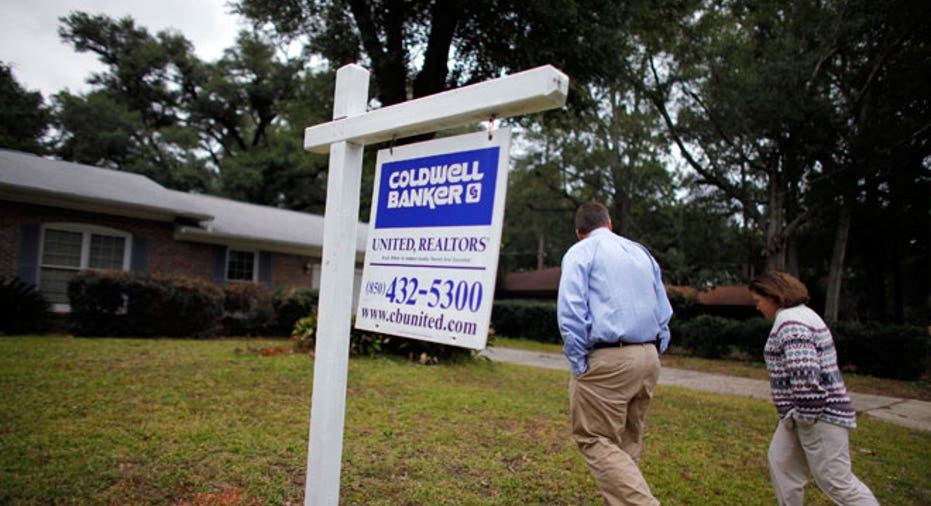Pulling the Brake on Home Price Acceleration

– Home price growth is finally slowing, which could be welcome news for potential buyers who have been priced out of the market.
Asking home prices increased at the slowest rate in 13 months, according to online real-estate marketplace Trulia, as demand from buyers—both traditional and investor—continues to wane.
To be clear, home prices are still up 8% year over year, but for the first time since July 2012, no local market experienced home prices rise more than 20% year over year. Home prices in Sacramento, Oakland and Las Vegas increased nearly 15%, about half the year-earlier gain. Prices in Riverside-San Bernardino, Calif., experienced the steepest increase at 18.8%.
“The slowdown in extreme rises in home prices means we will see a slowdown in risky behaviors like home flipping and will encourage those holding their homes off the market in hopes that prices will continue to rise," says Jed Kolko, chief economist at Trulia. “The recent surge in home prices created unreasonable expectations and raises the threat of a bubble.”
The number of markets with year-over-year price declines is at a post-recession low, which is good news for current homeowners’. “When prices decline, that puts more people in jeopardy of getting into negative equity, and that raises the risk of defaults and foreclosures.”
Four of the 100 largest metropolitan areas saw a drop in asking home prices: El Paso, Texas; Hartford, Conn.; Albany, N.Y.; and Little Rock, Ark. The price slowdown has not pushed more markets into price declines, says Kolko, who adds that it’s still a seller’s market. “Home affordability has gotten worse with higher prices and mortgage rates. While rates have come down in the past few months, they certainly haven’t gotten back to where they were before the rate spike last price, so it’s more expensive to buy now than a year ago.” The national average rate for a 30-year fixed-rate mortgage was 4.34% in April, according to Freddie Mac. The average rate was 3.45% from the same time a year prior.
Lawrence Yun, chief economist at National Association of Realtors, expects home price acceleration to fall to low-single digit growth toward the end of year. “That would be welcome news for potential buyers given that prices have shot up so quickly; so much ahead of income growth.”
The NAR reported last month that sales of previously-owned houses ticked up 0.4% in April and fell 9.2% from the same period a year ago.
“The wage growth has only been around 1%-2% in the face of much higher home price appreciation,” explains Yun, which made it hard for buyers to come up with the 20% down payment many lenders require in the still-tight credit market. “But with the job market getting slightly better, that provides room for better wage growth—perhaps an increase of 3% later this year or early next year and that will help get more home sales.”
Lack of inventory has been weighing on the market and pushing prices higher. Yun says more inventory is coming online with more homes available for sale now versus a year ago. Home builders are racing to keep up with demand. “Whatever they build they are quickly selling. That is a clear market signal they can ramp up production without fear they won’t be able to find a buyer. They need to add to the supply which will permit current homeowners to trade up and free up homes for first-time buyers,” Yun said.
First-time buyers continue to be a missing piece in housing’s recovery, representing less than one-third of all buyers, at 29% in April. In a normal market, first-time buyers make up around 40% of sales.
While home prices are becoming more sustainable, rent prices continue to pick up. Rents increased 5.1% year over year, according to Trulia’s report, with apartment rents notching a nearly 6% increase and single-family rents up 2.1%. Renters in San Francisco (15.6%), San Diego (11.3%) and Oakland (10.8%) faced the highest monthly payments.



















